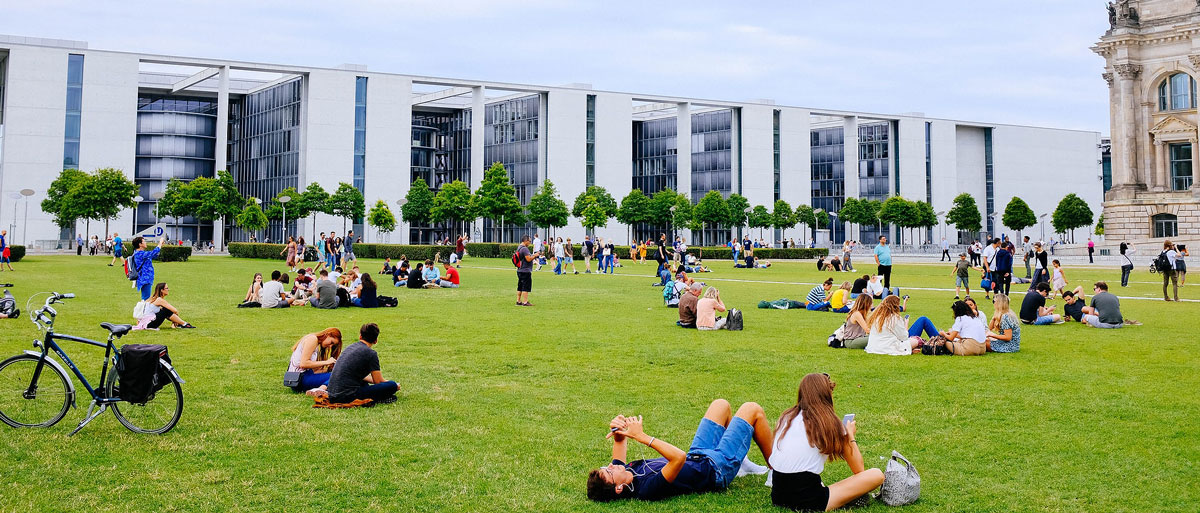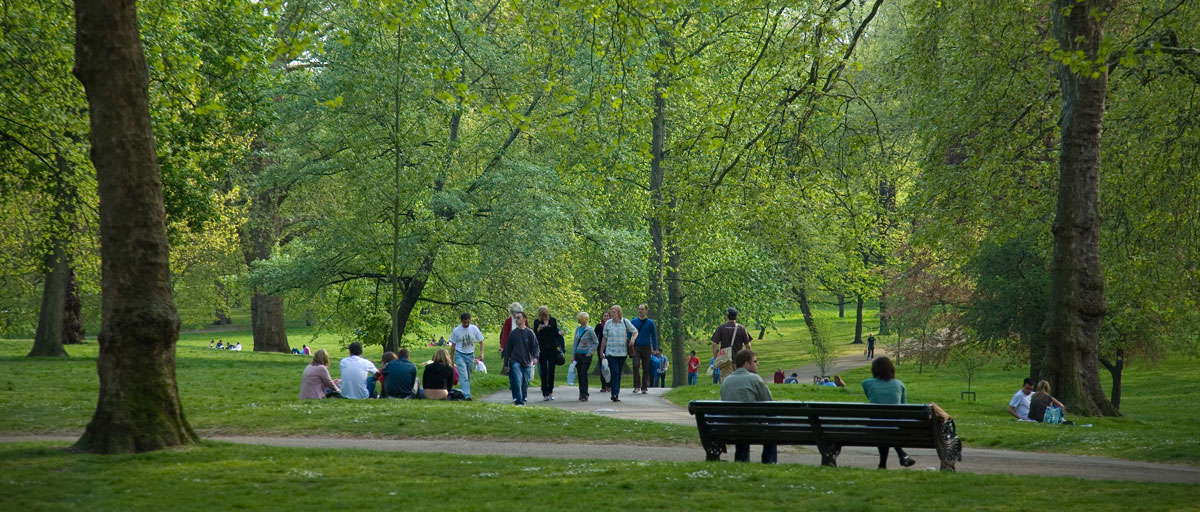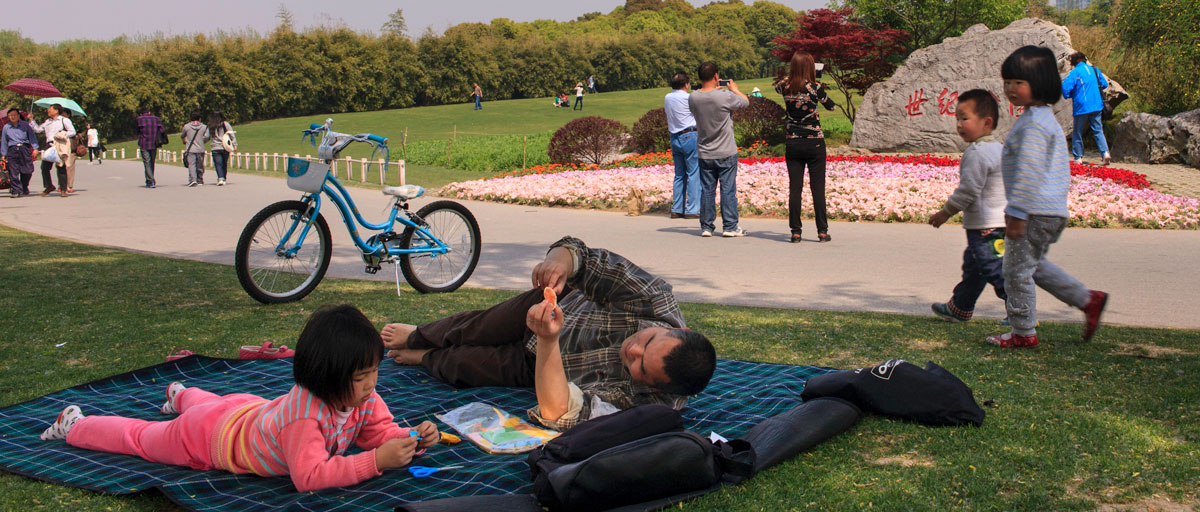Bildtext får vara max två rader text. Hela texten ska högerjusteras om den bara ska innehålla fotobyline! Photo: B. Christensen/Azote
URBAN PLANNING
Changes in ownership and short-term planning see urban green areas disappear
- Researchers warn of an incremental demise of green spaces in cities
- The change, they argue, is largely down to shifts in land ownership and lack of long-term thinking
- Common property systems can help local governments help maintain control and ownership of public spaces
Parks, gardens and other greenspaces made available for everyone are increasingly diminishing. The change is often undetectable by the residents themselves
“THE TYRANNY OF SMALL DECISIONS”: While urban sprawl is eating up an increasing amount of the planet’s green areas, cities themselves struggle to maintain their own greenery.
Parks, gardens and other greenspaces made available for everyone are increasingly diminishing and it is often undetectable by the residents themselves.
In a study published in Land, centre researcher Stephan Barthel together with colleagues Johan Colding and Åsa Gren from the Beijer Institute of Ecological Economics warn of an incremental demise of green spaces in cities. This will ultimately affect human well-being and the long-term management of ecosystem services.
The change, they argue, is largely down to shifts in land ownership and lack of long-term thinking.
There is a massive shift towards the privatization of public land and resources in many cities today
Johan Colding, lead author
Although such privatizations schemes are done with the best of intentions, they may come with undesirable societal outcomes, leading to a gradual loss of opportunities for nature experiences.
%20urban%20green%20space%20demise%20colding%202020.png)
Schematic illustration of a baseline shift of a hypothetical public park over a 150-year period. Click on illustration to access scientific publication.
Fragmented places or left-behind areas
There are several reason why public green spaces are disappearing:
• Tight local government budgets are leading to declines in the maintenance and development of green spaces intended to be open for all
• Public parklands are transformed into activity intensive places which make cities less resilient to various effects of climate change and securing biodiversity
• Increased surveillance of public spaces due to safety concerns can make people feel monitored and subsequently lead them to avoid such spaces
• People avoid green spaces simply because they are poorly maintained and not attractive places to go to anymore
Get the locals involved
All these changes are often subtle and may not generate any particular reactions individually. However, they are what Alfred E. Khan referred to as “the tyranny of small decisions”.
The solution may be to hand the daily management over to residential collectives and social networks – known as common property systems. That way local governments can maintain control and ownership of public spaces. Urban gardening projects are examples of that.
“Urban common property systems can turn spaces into meaningful places that urban residents themselves can manage and improve, all while also protecting important urban nature,” the authors conclude.
Colding, J., Gren, Å., Barthel, S. 2020. The Incremental Demise of Urban Green Spaces. Land 2020, 9(5), 162; https://doi.org/10.3390/land9050162
For more information about the publication, please contact Stephan Barthel










